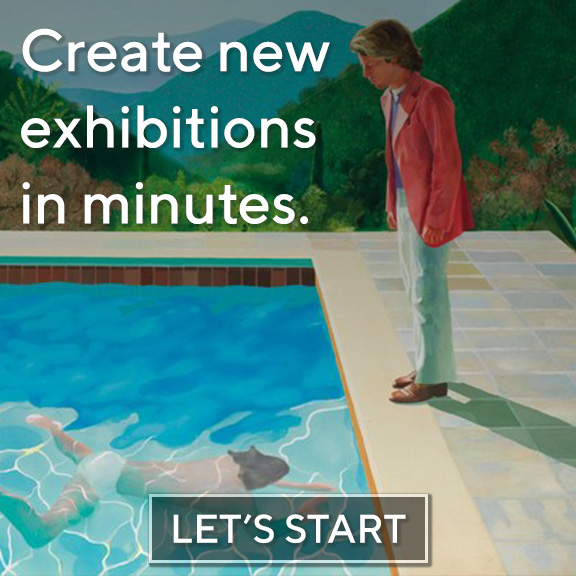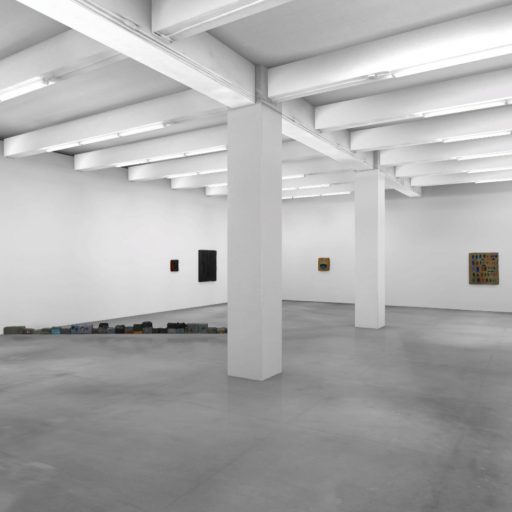

In 1972 Gerhard Richter was the sole artist representing the Federal Republic of Germany at the Venice Biennale.For the central hall of the exhibition pavilion, he painted a series of 48 portraits. Years later he explained that he had long planned such a project, but that it would not have been realized in the same or even a different form if the specific architectural and historical setting of Venice had not been gi... more >>
In 1972 Gerhard Richter was the sole artist representing the Federal Republic of Germany at the Venice Biennale.For the central hall of the exhibition pavilion, he painted a series of 48 portraits. Years later he explained that he had long planned such a project, but that it would not have been realized in the same or even a different form if the specific architectural and historical setting of Venice had not been given.
In 1938 the German exhibition building for the Art Biennale was remodeled in the neoclassical style as a Nazi showcase and gained a monumental, colossal row of columns at the entrance. Since the 1970s numerous artists have referenced this architecture, including Joseph Beuys (1976) and Georg Baselitz (1980), ad perhaps most radically Hans Haacke, who smashed the entire marble floor of the building for his installation Germania (1993).
Gerhard Richter found a mor subtle way of confronting this historically loaded site. The 48 Portraits, which were developed specifically for it, ostensibly elude any ideology, meaningfulness and interpretability. Richter chose exclusively formal selection criteria. He painted the pictures in shades of grey, after black-and-white photographs of individuals who are commonly recognizable due to their scientific of cultural achievements. He eventually reduces a first selection of more than three hundred people to 48 heads, whose identities no longer seem to play a specific role. In addition, he unified the depictions by cropping all the portraits in the same way, avoiding extreme head poses and flasy clothing patterns, and taking care to use a neutral, light background. For the purpose of uniformity, he omitted representations of women. This decision in particular later earned him criticism. At the time, however it was received without opposition. In the exhibition, Richter presented 48 Portraits as an encircling frieze, plainly installed above the head of observers. He chose the sequence of images so that the position of the portraits moves gradually form a profile view to a frontal view and back.










